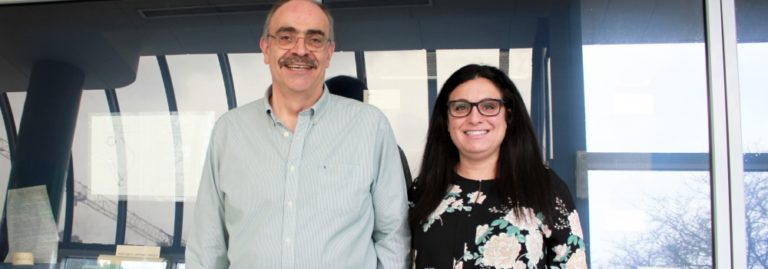By, Peter Paul, principal scientist, Xerox Research Center Webster
I’m pretty sure that talking to state troopers on the side of a highway is not part of my official job description as a principal scientist at Xerox – but it should be. I’m currently part of a Xerox research team working on ways to help law enforcement officials improve the monitoring of HOV (high occupancy vehicle) highway lanes and HOT (high occupancy tolling) lanes. HOV lanes are commonly known as carpool lanes. Some cities are making them HOT Lanes, allowing vehicles with just one person in them to use carpool lanes for a toll. Till now, you had to have a cop present to enforce the rules. Xerox is working to automate that enforcement with cameras. That’s where I come in and that’s why I’m standing on the side of the road talking to cops. We’ll be discussing this and other innovations at the ITS World Congress in Vienna this month.
At Xerox, we are applying our expertise in data analytics, control systems, sensing, imaging and video to solve many real-world challenges – including those related to transportation. And that’s where my chat with the state trooper comes in. Our team has created an image-based prototype that accurately identifies how many people are in a vehicle so that police officers can better monitor highway lanes. Testing our ideas via computer simulations in the laboratory is great, but we’ve found learning from real-world data is better because it includes a wide variety of vehicle colors, shapes, sizes, and configurations, as well as, changing weather conditions and daylight/nighttime periods, variety of vehicle speeds, etc. Basically, the road is our preferred laboratory. However, traffic cameras and illuminators sitting on tripods and manned by a bunch of scientists (we leave our white lab coats at home) on the side of the road does attract attention – especially from the police.
Once we explain we’re part of a Xerox research project that relates to traffic cameras the officers are supportive, and often explain some of the shortfalls of their existing camera-based enforcement tools. We also occasionally hear from curious motorists who are more than happy to share their views. These ad hoc conversations provide valuable insight into the real needs of law enforcement and drivers alike. To learn more about our work, check out this short video or you can listen to this podcast.
Peter Paul is a Principal Scientist at Xerox Research Center Webster in New York. While some of his work has been in the area of improving printer image quality, his recent interest has been the application of machine learning to video analytics for transportation applications. He holds 31 patents in these areas and has 38 additional patents pending. When not at work, Peter loves cooking ethnic cuisine and watching independent films.


